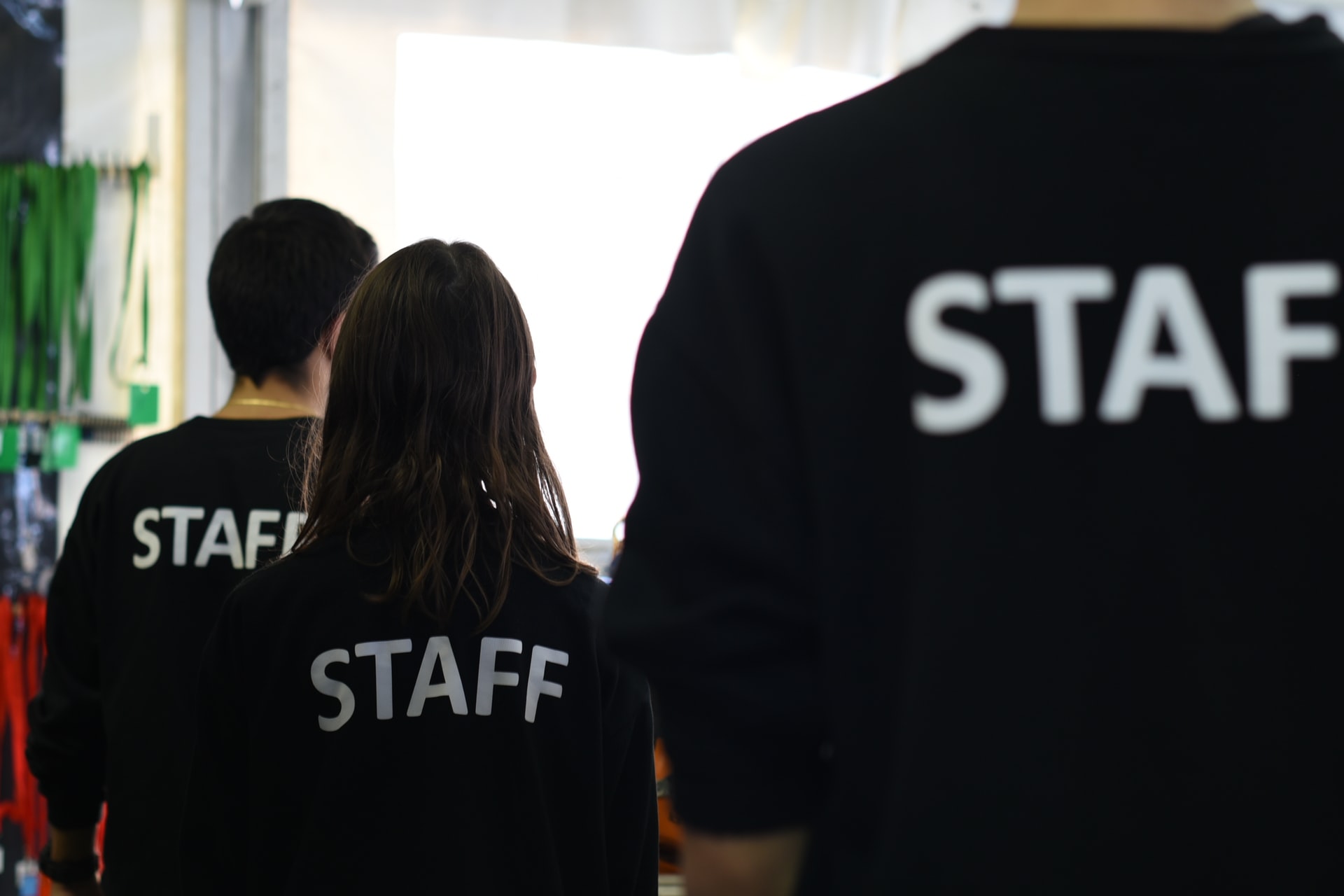Back of House Report: The Labor Challenge
by David Klemt

A recent report from Back of House reveals opportunities for operators amidst the current staffing challenge.
In their report, the restaurant technology platform suggests effective hiring and retention solutions. For example, helping staff find meaning in their work.
To download and access the report in its entirety, please visit BackOfHouse.io.
For some of the platform’s insights into staffing, keep reading.
Why People Leave the Industry
Obviously, people take jobs for a variety of reasons. Often, a person’s first job has one or two motivations: money and/or experience.
Some estimates put a gig in the restaurant industry as the first job for a third of Americans. In Canada, restaurants are the top employers for those under 25 years of age.
However, Back of House sees value in looking at a different metric: Why people leave the industry.
As Back of House states, knowing why someone would leave their job helps an operator determine what benefits to offer to retain talent.
Now, it may be tempting to assume pay is the top reason people leave jobs. Per Back of House, however that’s not the case. Broken down by age group, below you’ll find the reasons people are leaving hospitality:
- Pay: 26 to 35
- Schedule: 46 to 55
- Lack of opportunities: 26 to 35
- Lack of benefits: 26 to 35
- Work environment: 18 to 25
Look at these issues through the lens of someone moving through life. When first entering the workforce, more people want to find the right employer and workplace. From their twenties to thirties, more concern is placed on moving up, making more money, and receiving benefits. And, per Back of House’s findings, time becomes more of a consideration as people age.
Meaning and Value
Per Back of House, there are two important elements of employment that keep people engaged.
One, meaning in the work they do. In other words, feeling that their work has value. Two, staff want to feel that they’re employers value them.
Of course, both make sense, no? If a person doesn’t see their role in the industry as valuable, they’ll always be looking for the escape hatch. And if they feel that they’re employer doesn’t value them, why would they continue working for them? People, as they say, quit bosses, not jobs.
So, Back of House recommends that operators demonstrate they value their team members by:
- investing in their staff;
- supporting their staff; and
- respecting their staff.
Now, good leaders should already do all of the above. It should go without saying but if someone feels a lack of respect, support, and interest from their employer, they’re not going to remain in their role for long.
And who could blame them? That seems like a terrible workplace and a waste of a hospitality professional’s valuable time. Time, of course, that can be better spent finding a good leader to work for who will help them progress in their career.
There are further insights one can glean from Back of House’s report. To download “Understanding the Staffing Challenge,” please click here.
Disclaimer: Neither KRG Hospitality nor its representatives received compensation to promote this report. The team at KRG simply feels all operators will find value in downloading and reading it, and considering the information contained therein.
Image: Joao Viegas on Unsplash



